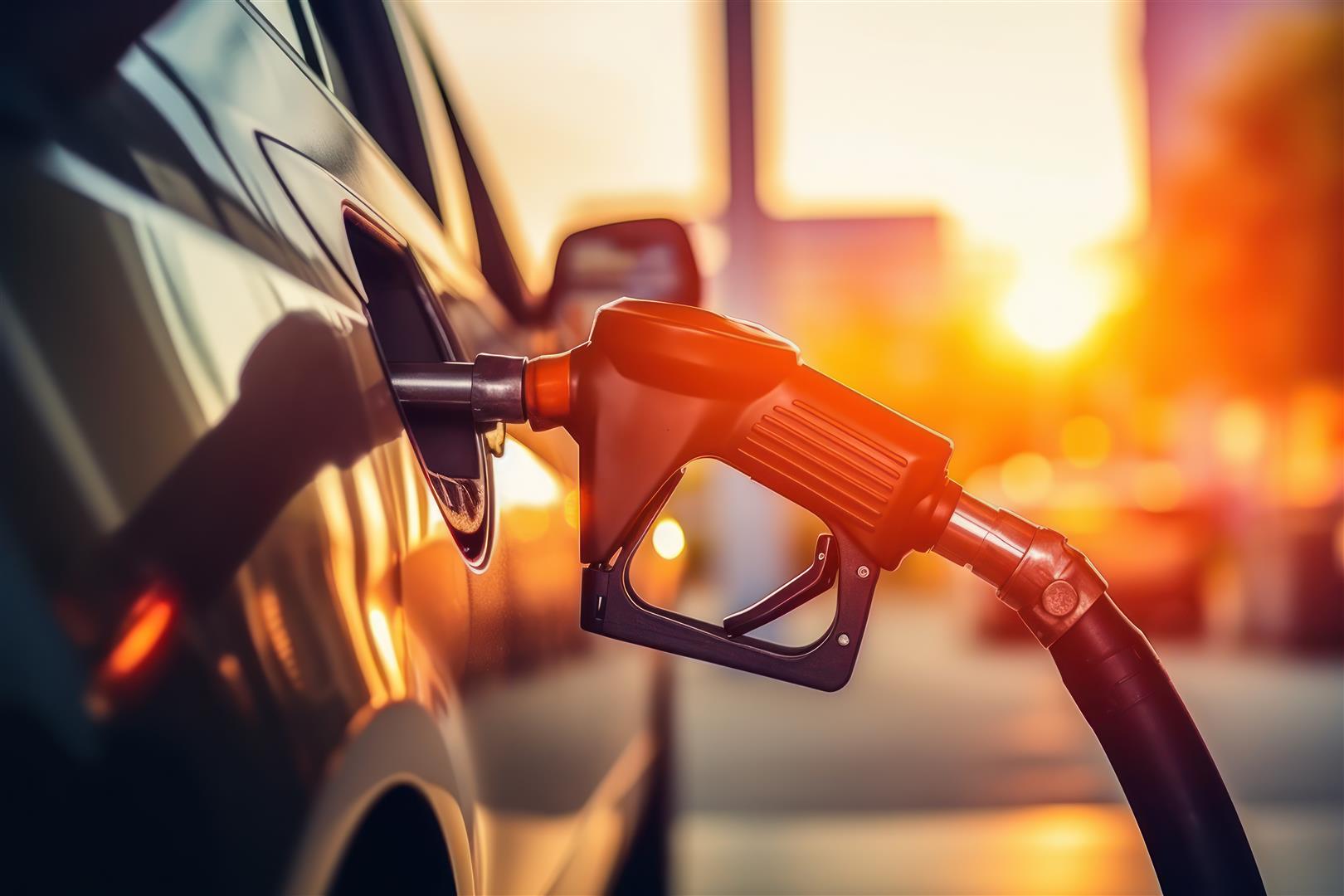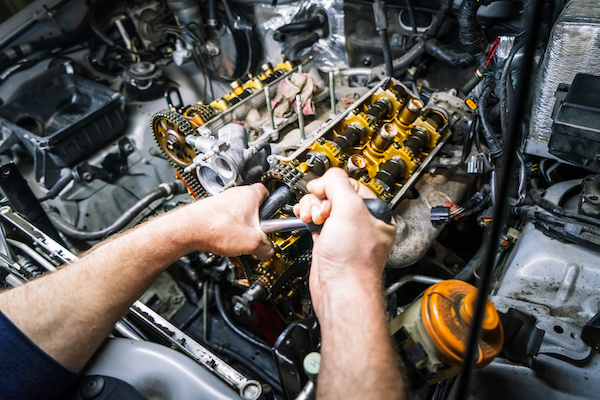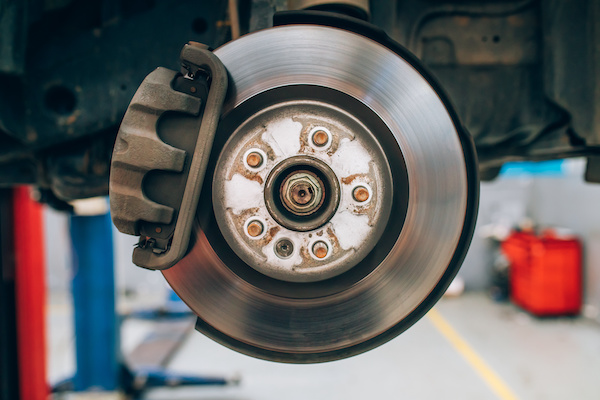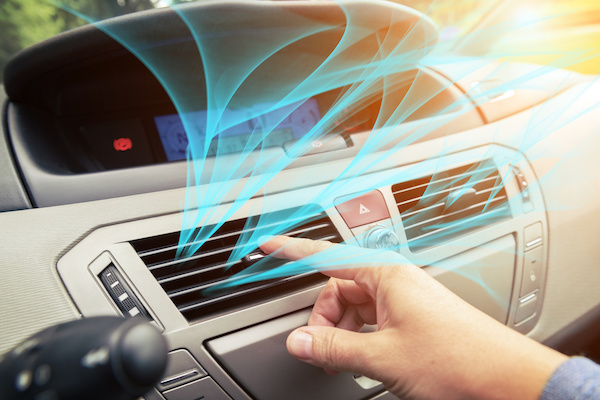Posted on 10/31/2023
.jpeg)
Have you ever stopped to think about all the intricate components that make up the machine that's carrying you down the highway? You can easily get caught up in the thrill of the drive, but let's take a moment to appreciate the unsung hero of every journey - the drivetrain. It's a complex system that's often taken for granted, but without it, that exhilarating feeling of cruising down the open road wouldn't be possible. Components of the Drivetrain At its core, the drivetrain is the mechanical powerhouse that channels power from the engine to the wheels, enabling motion. This complex system is composed of various indispensable components, including the transmission, driveshaft, differential, and axles. The transmission, a dynamic blend of gears and shafts, regulates the power flow and ensures optimal speed ratios. The driveshaft, a robust shaft that transmits torque from the transmission to the differential, works tirelessly to maint ... read more
Posted on 9/30/2023

Diesel engines are renowned for their robustness and torque, but like any mechanical marvel, they benefit from a little extra care. Fuel additives are a topic many don't understand, but they bring quite a lot of benefits, especially if used properly. The Diesel Engine's Unique Demands Before delving into the world of fuel additives, it's essential to understand why diesel engines have specific needs. Diesel fuel contains impurities and lacks the detergents found in gasoline. Over time, these impurities can lead to carbon deposits, reduced fuel efficiency, and even engine damage. This is where fuel additives come to the rescue. Best Fuel Additives for Diesel VehiclesCetane Boosters Cetane is to diesel what octane is to gasoline—it influences the combustion process. Cetane boosters raise the cetane rating, leading to smoother and more efficient combustion. This translates to improved power, reduced emissions, and ... read more
Posted on 8/31/2023

Have you ever wondered why your trusty old vehicle doesn't purr like it used to? Or perhaps you're just looking for a way to give your car a new lease on life? Well, you're in luck because today, we're diving into the world of vehicle overhauls and how they can breathe fresh life into your cherished set of wheels. What is a Vehicle Overhaul? A vehicle overhaul, often referred to as a "full overhaul" or "rebuild," is like a spa day for your car. It involves a comprehensive process of disassembling, inspecting, and refurbishing all major components of your vehicle. This isn't your typical oil change or tire rotation; it's a full-body makeover for your car. The Benefits of a Vehicle Overhaul: Extended Lifespan: Just like humans benefit from a healthy lifestyle, your vehicle thrives with regular maintenance and an occasional overhaul. It can add years to your car's life, delaying the need for a costly replacement. Improved Performance: O ... read more
Posted on 7/31/2023

Your vehicle's braking system is crucial in keeping you safe on the road. Over time, the components of your brakes wear out and may require replacement. By being aware of the signs that indicate your brakes need attention, you can ensure your vehicle's braking system remains in optimal condition. Here are 10 signs that will let you know your car needs brake replacement. Squeaking and Squealing Sounds When brake pads are approaching the end of their lifespan, the initial indication you'll likely observe is a high-pitched squeaking or squealing sound. As the wear progresses, you'll eventually encounter a grinding noise, which signifies a more advanced stage of pad deterioration. Unfortunately, this grinding sound also signifies potential damage to the rotors, which can significantly increase the cost of repairs. Grinding Sensation If you experience a grinding sensation or hear deep metallic grinding noise when applying the brakes, it t ... read more
Posted on 6/29/2023

Summer calls for road trips and fun outdoor activities. However, if your car's air conditioning is not up to the task, you may be overwhelmed on a hot day. Luckily, there are several ways you can keep cool while in your car this summer. Continue reading to explore the ABCs of your car's AC system and how you can stay cool in the summer heat. How to Take Care of Your Car's AC To stay cool this summer, your car's AC must run smoothly. Here are three ways to ensure you remain cool and comfortable: Replace Air Filters Your car needs to breathe, and when your air filters are dirty or clogged, the obstruction can hinder airflow, leading to reduced cooling performance. Check your air filters regularly and clean or replace them before hitting the road. Inspect Belts & Hoses When the belts and hoses in your car's AC system wear out or develop cracks, they can cause leaks or even complete system failure. Ensure you monitor their performance and conduct regular ... read more